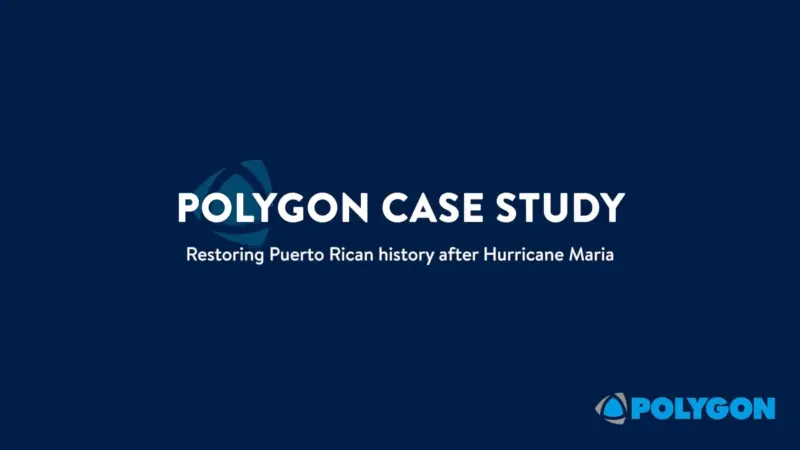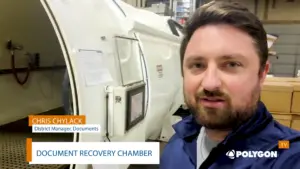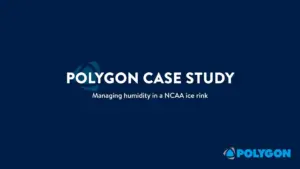The Value of Good Boiler Blowdown Control
A Critical Component of the Boiler Water Treatment Program
Good blowdown control is a critical component of the boiler water treatment program. Boiler blowdown is heated, treated feedwater that is sent to the drain instead of converted into steam. Blowdown is used to control the dissolved and suspended solids level in a boiler within the range necessary to minimize scale deposits and carryover. Too much blowdown increases fuel, water, and treatment requirements. Too little blowdown can cause scale deposits and wet steam (carryover).
There are two types of boiler blowdown.
- Surface Blowdown: A continuous or intermittent process designed to remove the dissolved solids that concentrate near the liquid’s surface using a graduated needle valve or motorized valve actuated by a boiler blowdown controller.
- Bottom Blowdown: A manual procedure to remove accumulated sediment and sludge from the bottom of the boiler (e.g., mud drum). This procedure is typically performed for a few seconds once every shift or, in smaller boilers, once a day.
The blowdown rate is expressed as a percentage of feedwater flow rate, and determined by the feedwater “cycles of concentration” that are maintained in the boiler. The feedwater cycles reflect the extent impurities in the feedwater concentrate in the boiler water.
The higher the feedwater cycles, the more the feedwater impurities have been concentrated in the boiler water and the lower the blowdown rate. As in cooling tower systems, the cycles of concentration is usually estimated by measuring the relative levels of a soluble impurity in the boiler water and feedwater.
Blowdown is Necessary to Keep Boilers Running Efficiently
Boiler blowdown rates typically range from 2% to 10% of the feedwater flow rate, but can be much higher if the condensate return is low or the makeup water quality is poor. The optimum blowdown rate for a particular boiler system is determined by various factors including:
- Boiler design
- Makeup water quality
- Operating conditions
- Feed/control equipment
- Treatment product selection
- Degree of onsite monitoring
Chem-Aqua Can Help You Determine Your Optimal Boiler Blowdown Rate
Blowdown is necessary to remove impurities in your boiler water system and keep it running efficiently. In order to ensure safe, reliable, and cost-effective steam production, it is essential to optimize your boiler’s blowdown rate. Chem-Aqua is a resourcefully green leader in boiler water treatment solutions.
A customized water treatment program from Chem-Aqua can help you determine the optimal blowdown rate to maximize energy efficiency and to protect your boiler system from the harmful effects of corrosion, scale, and carryover.
Read more at chemaqua.com








